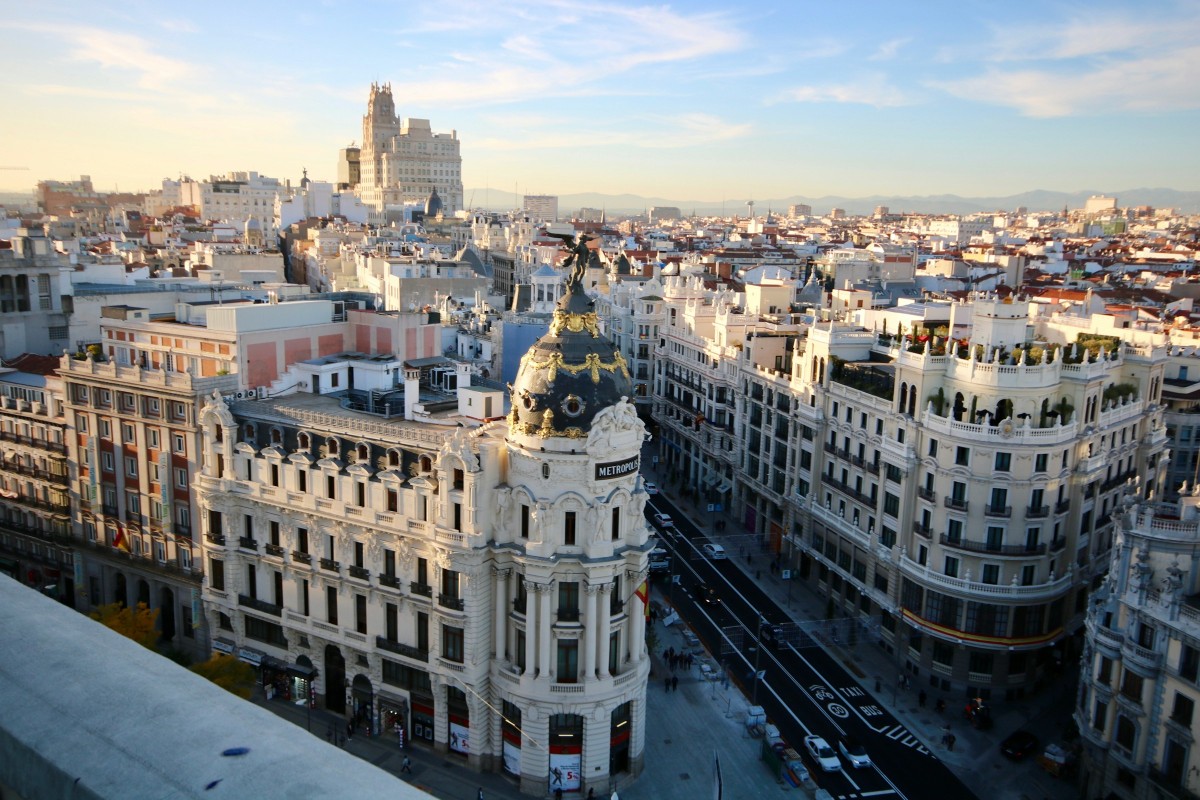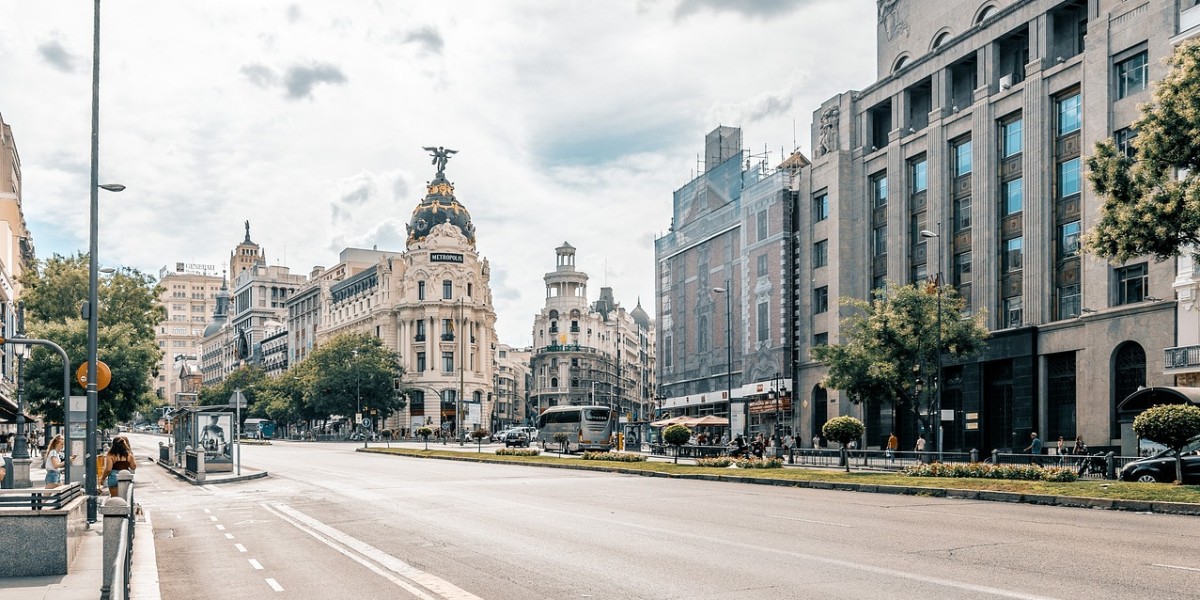
Madrid is renowned for its vibrant culture and serves as the epicentre of Spain's political and economic life. As the most populous city in the country, its demographic profile has evolved significantly over time.
Are you curious about the population of Madrid? Discover the latest figures for the Spanish capital in 2025, based on the most recent Spanish Statistics Institute (INE) census data.
Madrid's population in 2025
Focusing solely on the municipality of Madrid, the latest data from the November 2024 INE census reveals that the Spanish capital has a population of 3,422,416 inhabitants. This makes it the most populous city in Spain, with more than double the population of the second-largest city, Barcelona.
In the European context, Madrid ranks sixth, behind Istanbul, Moscow, London, St. Petersburg and Berlin, based on municipal boundaries alone, excluding their metropolitan areas.

Madrid's population by neighbourhood
The population distribution in Madrid varies considerably across its diverse neighbourhoods, reflecting the city's social and economic diversity. Each area has its own distinct identity and demographic characteristics that set it apart from the others. According to the 1 January 2024 census, the population of each district in Madrid is as follows:
- Carabanchel: 274,406
- Fuencarral-El Pardo: 253,898
- Vallecas Bridge: 253,048
- La Latina: 250,396
- Ciudad Lineal: 230,035
- Hortaleza: 205,182
- Villaverde: 167,952
- San Blas-Canillejas: 166,583
- Tetuán: 166,211
- Arganzuela: 156,559
- Salamanca: 149,778
- Usera: 149,113
- Chamartín: 148.111
- City centre: 145,411
- Chamberí: 141,984
- Moncloa-Aravaca: 125,223
- Villa de Vallecas: 122,337
- Retiro: 119,757
- Moratalaz: 95,123
- Vicálvaro: 89,772
- Barajas: 49,612

Population of Madrid by nationality
Madrid is a city renowned for its cultural diversity, which is clearly reflected in the composition of its population by nationality. According to the latest census data on this subject, collected in July 2021, foreign nationals make up 15.47% of Madrid’s population, with notable communities from Romania, Venezuela and China.
Other prevalent nationalities in Madrid include residents from Colombia, Italy, Peru, Honduras, Ecuador, Morocco and Paraguay. As the list suggests, Madrid attracts a significant number of foreigners from both neighbouring European countries and Latin American nations.
How many inhabitants does Madrid and its metropolitan area have?
Although Madrid has defined geographic boundaries, its area of influence extends far beyond, encompassing nearby municipalities. This is why it is often referred to as a metropolitan area, which includes the capital and surrounding municipalities that, from an urban perspective, form part of the same urban framework.
As a result, it can be challenging to determine exactly which areas fall under this designation, and the population figures may vary depending on the area considered. According to 2021 OECD data, the Madrid metropolitan area has a population of 6,980,646, representing nearly the entire Community of Madrid.

Which Madrid town has the most inhabitants?
Naturally, the municipality of Madrid is the most populated in the region. However, other sizeable cities have a significant influence. Below are the three most populated municipalities, excluding the capital:
- Móstoles: with 214,006 inhabitants, it is the second most populated municipality in the community.
- Alcalá de Henares: has 200,702 inhabitants, ranking third in population.
- Leganés: has 194,084 inhabitants, ranking fourth.

Madrid's population in 1500
Looking back, Madrid's population in 1500 was considerably smaller than it is today. At this time, Madrid was a modest town beginning to gain political and economic significance within the Kingdom of Castile.
The population is estimated to have been between 4,000 and 5,000. Demographic growth began to pick up pace in the 16th century, particularly after King Philip II moved the court to Madrid in 1561. This decision marked the start of a transformation that would ultimately elevate the city to the status of capital and, eventually, to that of a global metropolis.
Living in Madrid
Living in Madrid is a unique experience that blends urban life with a rich cultural heritage. As the capital of Spain, it is a place where history and modernity come together, providing its residents with an exceptional quality of life.
The city boasts a wide range of services and opportunities for its inhabitants. From an efficient public transport system to prestigious educational institutions, Madrid is fully equipped to meet the diverse needs of its growing population.

